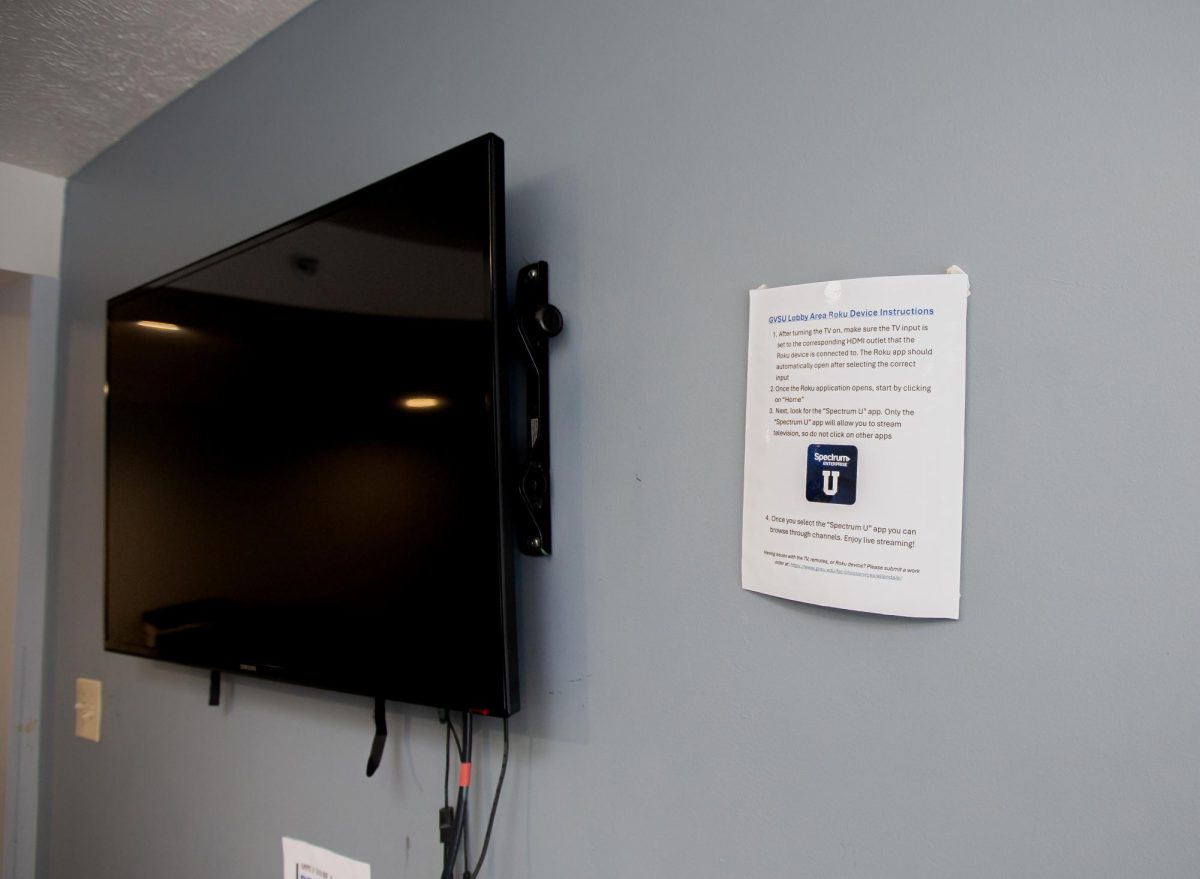Putting the patient first
Jan 26, 2017
To discuss the role of design thinking in health care and the importance of putting patients’ needs first, Ryan Armbruster, vice president of innovation, research and development at Optum, delivered a presentation titled “Design Thinking in Health Care Services” Monday, Jan. 23, in the DeVos Center. The presentation was followed by a Q&A.
Armbruster said due to innovations in health care being market-based and tech-based instead of need-based, the health care system has taken a major hit. Instead of growing and improving, he said, the health care system has instead stayed the same since the 1990s.
Armbruster ventured even further by saying “healthcare services today are basically the same as they were 150 years ago.” In addition, Armbruster shared some disquieting research about the state of physician dissatisfaction.
According to recent studies, he said, two-thirds of physicians feel negatively about their profession, 22 percent of their time is spent on non-clinical paperwork, 30 percent of physicians aged 35 to 49 plan to leave their profession within five years and, on average, one physician takes their own life every day.
To top it all off, Armbruster said despite the efforts to make health care more affordable without diminishing the quality of care provided, the cost of health care has increased substantially while the overall health of the country has decreased. In fact, out of 11 westernized countries in the world, America has the highest cost in health expenditures per capita. In terms of overall health care ranking, however, America is at the bottom of the list.
Still, Armbruster reassured the audience hope wasn’t lost. He said the way to fix this system is to change the way we think about the problems we’re facing. That’s why he co-founded the SPARC Lab at the Mayo Clinic.
The SPARC Lab is a health care center used to gather information and ideas to help transform health care services. The researchers and developers at the SPARC Lab have taken a set of health care concepts and created a clinic based on them. In designing services interaction they learned they could drastically improve a patient’s overall outcome by changing the brief communication between the patient and their doctor.
Armbruster said truly caring about the wellbeing of a patient, not just giving them a shot or administering medicine, is crucial for establishing doctor-patient trust and for ensuring an optimal outcome for the patient.
“Caring is important because it’s the foundation of a great relationship,” he said.

























